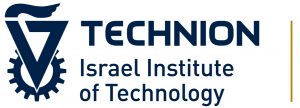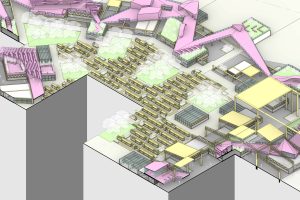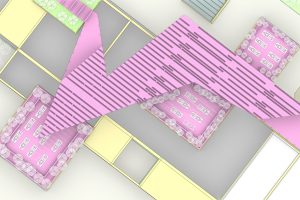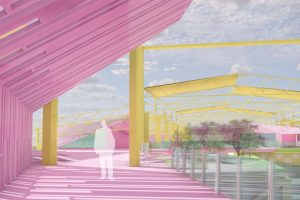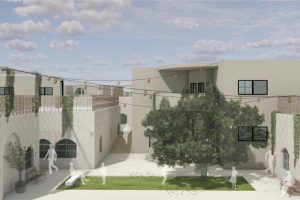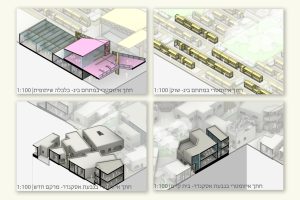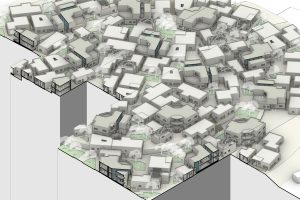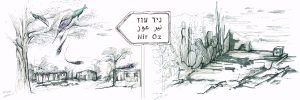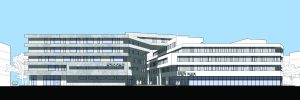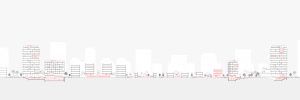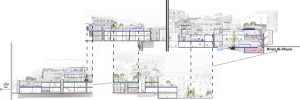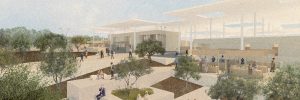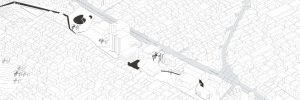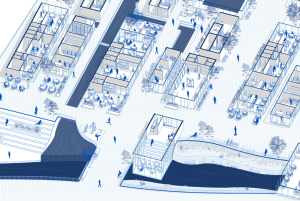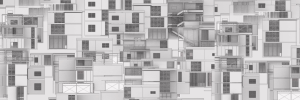For the Village
This project examines the transformations that have occurred in the Druze village of Yarka, located in northern Israel, following accelerated economic development. While the initial business initiative of the village residents led to significant growth in the 1970s, over time, an extreme capitalist dynamic developed – one that distanced itself from traditional communal values. The concentration of wealth in the hands of a few, fierce competition, and the growing political influence of the wealthy undermined the village’s social and economic balance.
The project proposes an alternative to the existing economic model, in the form of a cooperative economy that will return the power to the community. The proposed model is based on cooperation between small and medium-sized businesses in diverse fields, such as handicrafts, traditional and local food, while creating shared spaces for marketing and distribution. The goal of the model is to strengthen local businesses, promote local products, and create a more just and equitable economic system.
Dismantling the Big Complex: The project begins with the physical and symbolic dismantling of the Big Complex, which was formerly a metal factory and served as an anchor for the village’s capitalist economy. Breaking down the large complex into several smaller complexes will enable the creation of flexible and accessible spaces for a wide range of local businesses, using local materials and environmentally friendly construction technologies. This action is a clear statement of the project’s intent to break from the capitalist past and lay the foundations for a new cooperative economy.
Altering the character of Eskandar Hill: Simultaneously, the project focuses on transforming Eskandar Hill, an upscale residential neighborhood belonging to the Kadmani family. The neighborhood, with its fortress-like design, symbolized the concentration of power and wealth in the hands of a few. The project proposes integrating new buildings with the character of the old village among the existing buildings, breaking the existing symmetry and hierarchy. This action will create a more diverse residential neighborhood and strengthen the social connections between residents.
